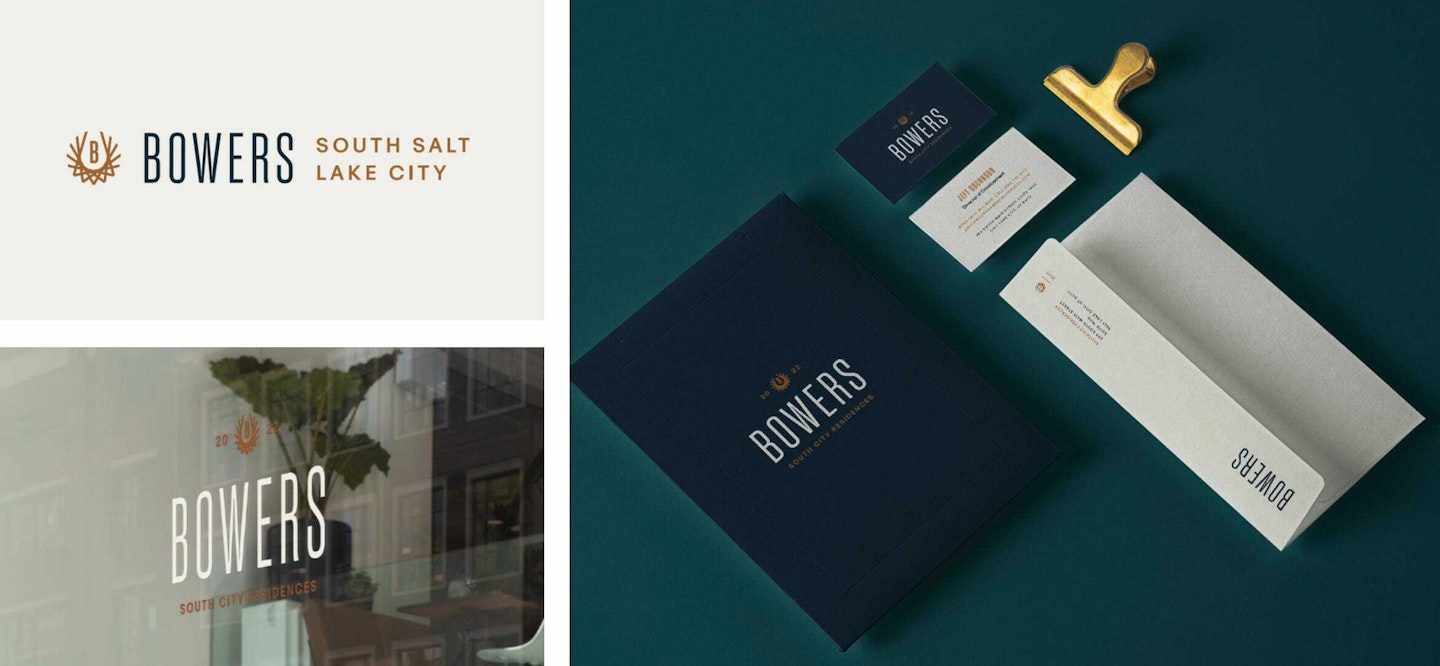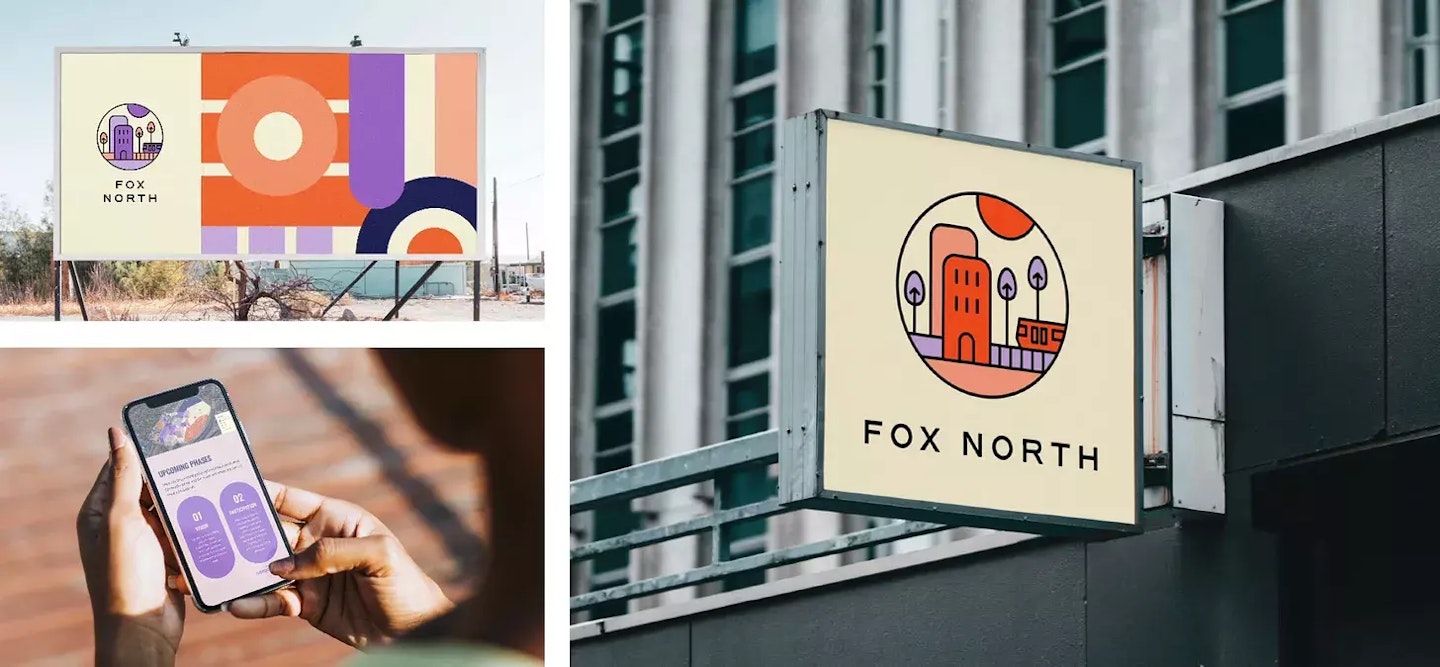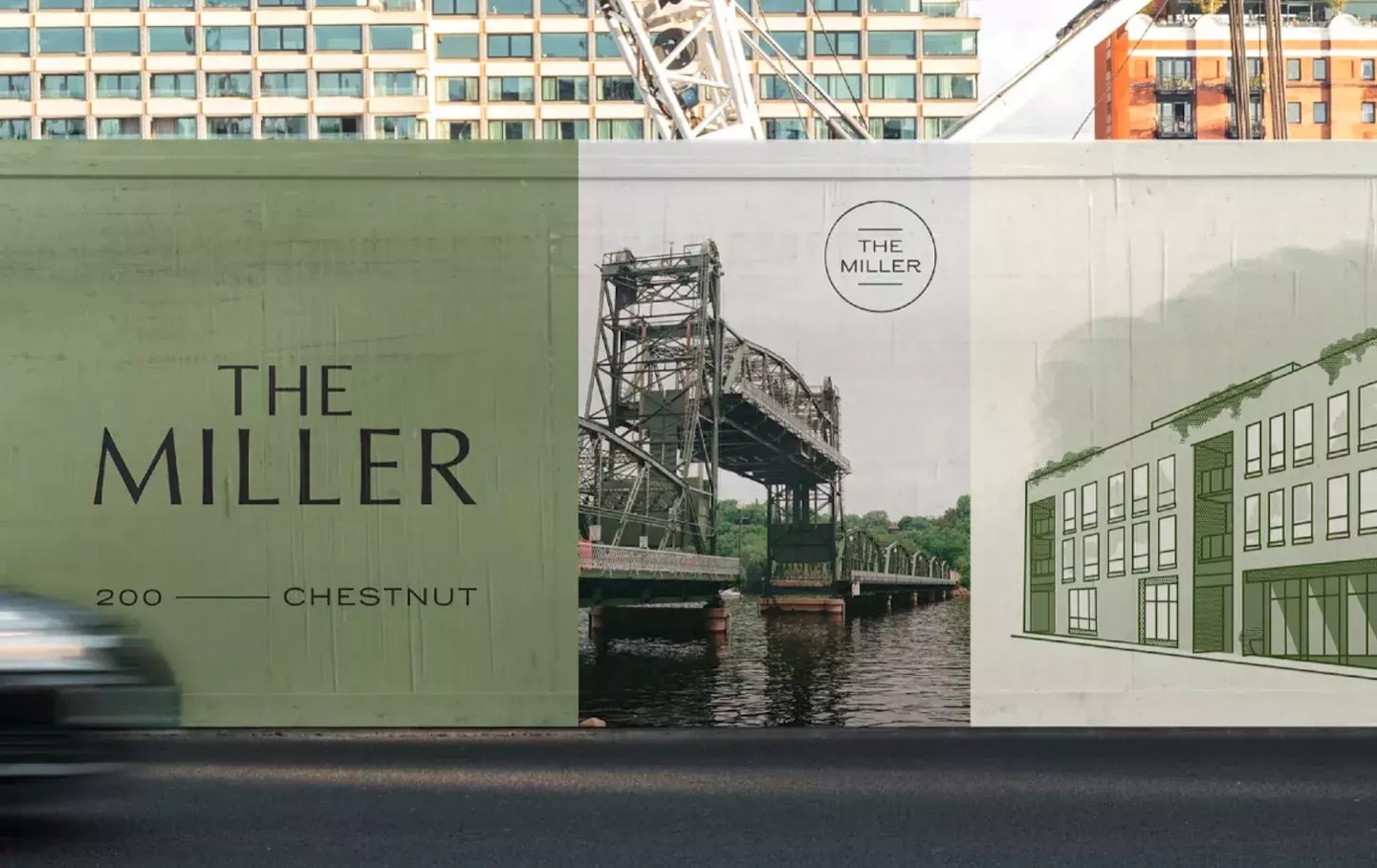
I’m thankful to be asked from time to time about a variety of lease-up marketing topics. Developers or operators aiming to tackle a new build, marketing teams searching for answers, and even C-level execs curious about the process.
Below, I’ve compiled the questions I’ve received over the last few months so I can address each in one spot. If you have any others, feel free to respond and let me know what else is on your mind.
Should you find this helpful, by all means, please forward it along!
One quick note. Keep in mind there’s only so much specificity I can offer when we’re talking about generalities.
I’d be happy to dig deeper with you on a specific project if you want to discuss nuances that you’re up against these days!
Let’s jump in.

Quickly: the way we approach lease-up marketing at Authentic has always evolved from on-the-ground experiences with our partners and the feedback they give us.
Our core lease-up philosophy is now tied to a few fundamental principles:
Design
Build
Scale
We think a property should have a fresh, well-positioned identity that aligns with renter demand and helps capture mindshare. Plucking a freebie logo from a website won’t do that. It just won’t.
There must be a thoughtfulness to developing a name, brand, and core identity that aligns with your project.
With that (business) asset as a springboard, we push for early brand awareness because we believe it accelerates leasing velocity and drives successful preleasing.
We’ve seen it repeatedly on our properties that the longer we “let it be known” in the wild, the better the leasing outcomes will be.
Once the property is activated and pushing leads to a landing page, scale immediately comes into play. Digital-first marketing targets your ideal resident and drives leads to your website unlike anything else. You’ve engaged with them on the ground level, so no engage with them where they live: online.
From there, nurturing each potential renter – for many months – is critical. Don’t let them forget about your property, and slowly build your tribe. 50 leads becomes 150 becomes 250 and so on.
Trust me! I see it on the dozens of lease-ups we work each year.
Traditional industry thinking also lauded floating rate multifamily deals and questionable syndicators over the last decade (and we see what’s happening now), so we’ve never much cared for what tradition says something “says” it should be.
We like to poke holes in concepts and see if we can approach things differently when warranted, and we’ve found lease-up activities that span 6, 9, or 12 months out add tremendous bottom line value to projects.
Activating your property, engaging with renters, and building momentum leading up to lease-signing activities simply perform far better than the old model. So much so that in 2023, I’ve started seeing this exact approach extend into many regional shops who see to “get it” and can move quickly on the concept.
This is a great question. It’s a challenging question, too.
Getting buy-in from decision-makers on approaching a GTM lease-up strategy in an entirely different way is a hill to climb. Sometimes, a mountain.
We’ve found that when you can break down the sum of the parts and tell a story that focuses on tangible business objectives, the conversation is received much better.
For example, leading with a pretty brand experience and a best-in-class website feels like a nice to have for a busy developer thinking about costs. But when you frame it as building business assets (brand, digital, onsite) that add real value to a project, suddenly, they’re listening.
It’s never the name conversation, but getting at what the decision-maker seeks (results) is always a smoother path to where you want to be (buy-in).
Technically, this is not lease-up marketing, but they’re so connected that it may as well be on the list. I recently wrote a more extensive article on this topic, so I’ll keep this item brief.
In short, I would caution you and your team against hobbling together a “logo” without a deeper vision, story, and experience in mind. You know these buildings when you see them, and it isn’t pretty.
A logo is not a brand. And it’s certainly not a brand experience.

Another timely and applicable question. Often times the most difficult part of a project can be the partners you work with. Naturally, you want them to be as detail-oriented as you and your team are and for them to show up and advocate for you every step of the way.
Let me tie this to a recent conversation I had with a roofing company (trust me, this goes somewhere).
After a big Colorado hail storm pounded the area this summer, I put out calls to a few roofing companies that had good online reviews. I spoke with each of them to try to find a fit that I felt most comfortable working with.
What groups say and do matter a lot, and this vetting process begins from the first phone call. Are they pushy? Do they care about your needs? Or are they turning and burning projects?
Unfortunately, there is no single determining factor to these decisions, but it starts with vetting to the best of your ability. Challenge your vendors, ask for recent references, and feel it out the best you can.
Even if your budget dials back, plan on a low hum of a marketing plan to continue building brand traction and renter retention.
This may include social posts (originating onsite, if possible), small paid ad campaigns, programming, and more. We also like to provide playbooks for the onsite team to understand how they can best prep and launch marketing touchpoints.
Finally, keep nurturing! Keep bringing interested renters into the fold and nurture them as you would those you nurtured to lease the building. Separate existing tenants and build a pipeline of future renters.
Yes, it is. But we’ve found that the team in charge must be open to real change if a failing lease-up has a chance at turning things around. Continuing to do the same things will, obviously, not work. Quite often, we come across the same ailments:
Overspending on paid and ILS, with bad configurations
Poorly designed and executed websites
Hyperfocus on data (and little on renter experience)
Overworked onsite managers
We’ve had more than a couple of conversations with lease-ups terribly behind that, unfortunately, were not up for revamping their marketing plan.
But at a high level, it is possible.
An increased CPC could mean a few different things, but a couple of common issues that we see are increased keyword competition or a change in the campaign strategy.
Google controls what happens after both instances occur, so try to keep a pulse on your competition (e.g. if a few properties in the same neighborhood begin running ads around the same time).
Also, beware of the Google Ads learning period that can last a week or longer. Any time you tweak campaign settings with any significance, you will likely impact a few things at once, including how CPC plays out after said changes.
Easy! The transition to the leasing team (sometimes also the property management team). We’ve found this is where a project can get clunky if the group isn’t well-staffed or up to snuff for our team’s expectations.
Most often, this is a global decision we have no say in, but when we do work with great teams or can point our partners in a good direction, the differences in lease-up quality are tremendous.

In some ways, yes, and in some ways, no. It’s probably not the answer you wanted to hear, but thankfully, the core tenants (see my thought process on #1) remain the same regardless of the size of a project.
It’s not uncommon for projects of such differing sizes to retain the same skeleton strategy, whereas a larger project likely skews into more, different, and at-scale depending on budget allocations.
But that being said, you can lease up a boutique property just as effectively (and sometimes more effectively) with the same strategies that come from a larger team, larger budgets, and bigger overall initiatives.

Discover why boutique multifamily buildings outperform their larger competitors by focusing on curated experiences, intentional design, and emotionally resonant branding.

Discover how data-driven branding strategies can accelerate leasing, boost NOI, and turn your multifamily property's identity into a measurable performance asset.

Your brand’s reputation is built—or broken—at the leasing desk. Are you ready to unify leasing and marketing to protect it?

Remember when we all DIY dip-dyed our hair in Kool-aide and learned just because you can do it yourself doesn't mean you should? This week we're digging into the hidden costs of DIY'd branding.
A simple read in under 5 minutes, delivered to your inbox Saturday mornings.
A simple read in under 5 minutes, delivered to your inbox Saturday mornings.